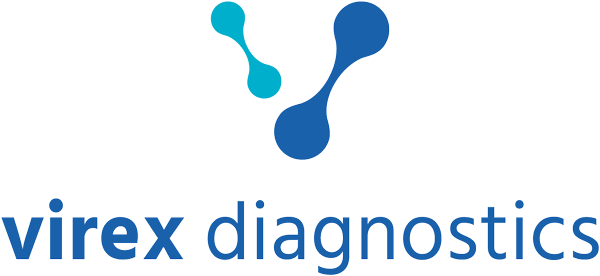Phase 1 2 weeks – 1 year 20 – 100 participants
Phase 1 trials test investigational drugs typically in a group of 20 to 100 subjects. Most often investigational drugs are first tested in healthy volunteers, but more typically in cancer studies, patients with the cancer being treated are enrolled in an ascending dose study where low doses are given first and then larger doses to determine what is a safe dose to give in subsequent studies.
The goals are to determine:
- How much of the medicine is safe to give
- If the treatment can improve the disease
- If there are any side effects
- What the risk factors are
Phase 2 up to 2 years 100 – 300 participants
In phase 2, the investigational drug is administered to a few hundred subjects with the disease or condition the drug is designed to treat. The new drug may or may not be compared to a drug that is currently given to patients or to a placebo. In this phase, the drug has still not been tested in enough number of people to determine that any positive changes are caused by the medicine and not just by chance. At the end of Phase 2, companies typically meet with FDA to determine what needs to be done in Phase 3, especially how many subjects need to be enrolled to have sufficient safety exposure.
The goals are to determine:
- If the new drug works well enough to be tested in much larger groups of patients in a phase 3 trial
- How much of the drug is safe to give
- How well the drug works in a disease
- How to manage any side effects
Phase 3 up to 4 years 300 – 3000 participants
In phase 3, clinical trials are much larger and may include several thousands of patients. In many cases, two or more studies need to be done. The researchers closely monitor the patients at regular intervals. The volunteers have the disease or condition the new drug is designed to treat. The new drug is usually compared to the standard treatment or to a placebo to see if the new drug has any benefits over current treatment or is superior to placebo.
The goals are to obtain:
- Validate drug efficacy and allow researchers to determine its safety and side effects.
- FDA approval
Phase 4 about 1 year 3000+ participants
After the drug is approved by FDA and the appropriate regulatory agencies and is being marketed, phase 4 trials are conducted to gather more information about the drug’s effectiveness, safety, and side effects, often in new indications. A phase 4 trial may also aim to evaluate patients with certain characteristics or compare or combine the new drug with other available treatments.

